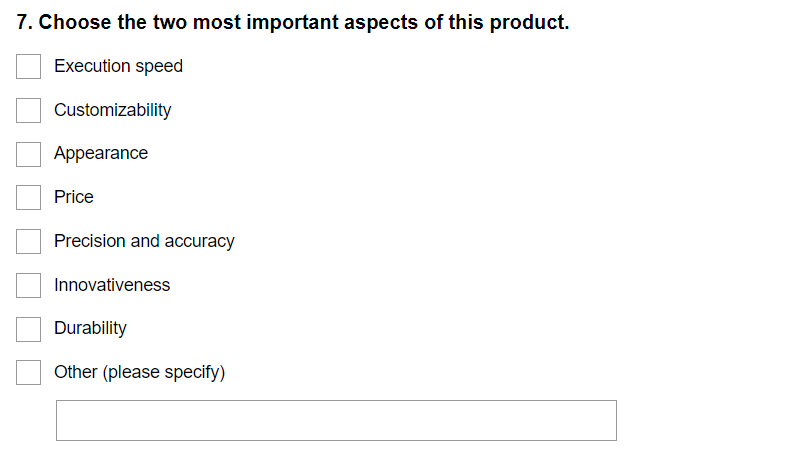Clairvoyance
Introduction and Description
Existing Work
Research
Large Pose 3D Face Reconstruction from a Single Image via Direct Volumetric CNN Regression
State of the art AI technique for reconstructing facial meshes from a single picture. Does so by using a novel neural network technique called volumetric CNNs. For Clairvoyance this is a large piece of the puzzle, since it would let us create realistic renderings of person's face with a different hairstyle. It is not the whole puzzle though, See the section drawbacks below. An online interactive demo of this technique is available at http://cvl-demos.cs.nott.ac.uk/vrn/
Existing products
Challenges
We have found very little mention in literature or otherwise of automatically generating a 3D model of a person's whole head from a few images. However, there is promising work in reconstructing the face part of a head. See above. It is, however, possible to generalize the rest of a person's head. That is, "glue" the face part on top of an average head model. The drawback of this is that we lose important details (in the case of applying hairstyles) such as the shape of a person's ears.
User Survey
Two surveys were created in order to receive feedback about our product. One was created for regular people and the other for hairdressers because we expect both groups to be able to deliver valuable information, but also have differences of opinions. Professional application of this device may require different features and expectation than that of customers. The surveys were made using the SurveyMonkey.com site. This site allows for an easy distribution of the survey as well as a quick collection and analysis of the data.
The survey starts off with a normal life scenario without the product so people can relate to the problematic situation. This differs for hairdressers and their customers. The product is then described and explanations are given to show where the product's strengths are and how it can improve the user's life. After this explanation, a list of questions is given from which we aim to extract as much information about the feelings and expectations for the product.
Question 1
The first question helps us get a feel for the initial opinion of the user towards this product. This is very useful because it gives us a good idea of how people feel about a product after a first description and thus how likely it is that the users want the product. Five answers are then available which range from very negative to very positive to allow the user to express their emotions towards the product.
Question 2
Quality is an important factor for product development since it will influence the price the product will be retailed at. More importantly, it also gives us an idea of how reliable and dependent our product is.

Question 3
This question asks how innovative users think the product is. This gives us insight on whether our product is perceived as state of the art and how much it will impact the market of the targeted industry, in this case, the hair industry.

Question 4
Question 4 asks how necessary the product seems for the users. Higher necessity will lead to a higher demand for the product. We expect beauty salon's and hairdressers to have a particularly high need for the product since it can help them distinguish their establishment from those without this product.

Question 5
This gives us an idea of how many people would buy this product and how enthusiastic users are for it. Furthermore, it complements the previous question on the necessity of the product.

Question 6
Quesiton 7
Question 8
This question gives an idea of the rate of diffusion of the product. In addition, it shows how enthusiastic the user is about the product and its innovations.

Question 9
Question 9 features an open question which allows the user to give opinions about the strong points of this product. It shows what they find most important in the product and how it can improve their lives.

Question 10
Laws and Ethics
Requirements, Preferences and Constraints
Prototype
The prototype will consist of an Android app, showcasing our vision in terms of user experience and functionality. It's primary purpose is to gauge interest in the final product to potential buyers and users. (Pictures of prototype will follow)
The prototype will have:
- User interface to take 3 pictures of the user.
- A 3D view showing a 3D mesh of the user's head.
- At least 2 different hairstyles. The exact number will depend on the time required to create (or download and use) a single hairstyle (TBD).
- User interface to select different hairstyles.
- The 3D view shows the selected hairstyle on top of the user's head.
- The 3D view is rotatable, so that user can see his whole head with the selected hairstyle.
The prototype will not have:
- The ability to convert from picture to 3D mesh. Instead, we will pregenerate a 3D mesh.
- The ability to dynamically add the hair to the 3D mesh. Instead, we will pregenerate this.
- A physics engine, showcasing the movement of the hair, when rotating in 3D space.
- A realistic lighting solution. Instead we will use a simpler lightning solution.



